Welcome to Saylanka Tours
Your Journey to Paradise Begins Here
Saylanka Tours is your trusted travel partner in Sri Lanka, offering unforgettable tours, personalized experiences, and expert local guidance to help you explore the island’s beauty and culture
Reach Galle

1. How much distance from Colombo to Galle?
Approximately 120 km (by road)
Takes around 2–2.5 hours via the Southern Expressway
2. How big is Galle?
- Covers an area of about 1,650 km² (Galle District)
3. Which province is Galle in?
- Located in the North Central Province of Sri Lanka
4. Why is Galle popular?
- Famous for the Galle Fort (UNESCO World Heritage Site)
- Colonial architecture and cobblestone streets
- Beautiful beaches like Unawatuna and Jungle Beach
- Rich history, art galleries, cafes, and boutique shops
4. What is the best time to visit Galle?
- December to April – dry season with pleasant weather
Top Location
Galle Dutch Fort – A Living Time Capsule of Colonial Splendor
The Galle Dutch Fort, a UNESCO World Heritage Site, is one of the best-preserved colonial forts in Asia. Originally built by the Portuguese in the 16th century and extensively fortified by the Dutch in the 17th century, the fort is a stunning blend of European architecture and South Asian traditions.


Enclosed by thick ramparts and bastions overlooking the ocean, the fort houses charming cobblestone streets, colonial buildings, churches, museums, boutique hotels, and cafés. It’s not just a historical site—it’s a vibrant, living town where locals and tourists mingle amidst old-world charm.
Best Time to Visit:
Evening, when you can enjoy a scenic walk along the fort walls while watching the sunset over the Indian Ocean.
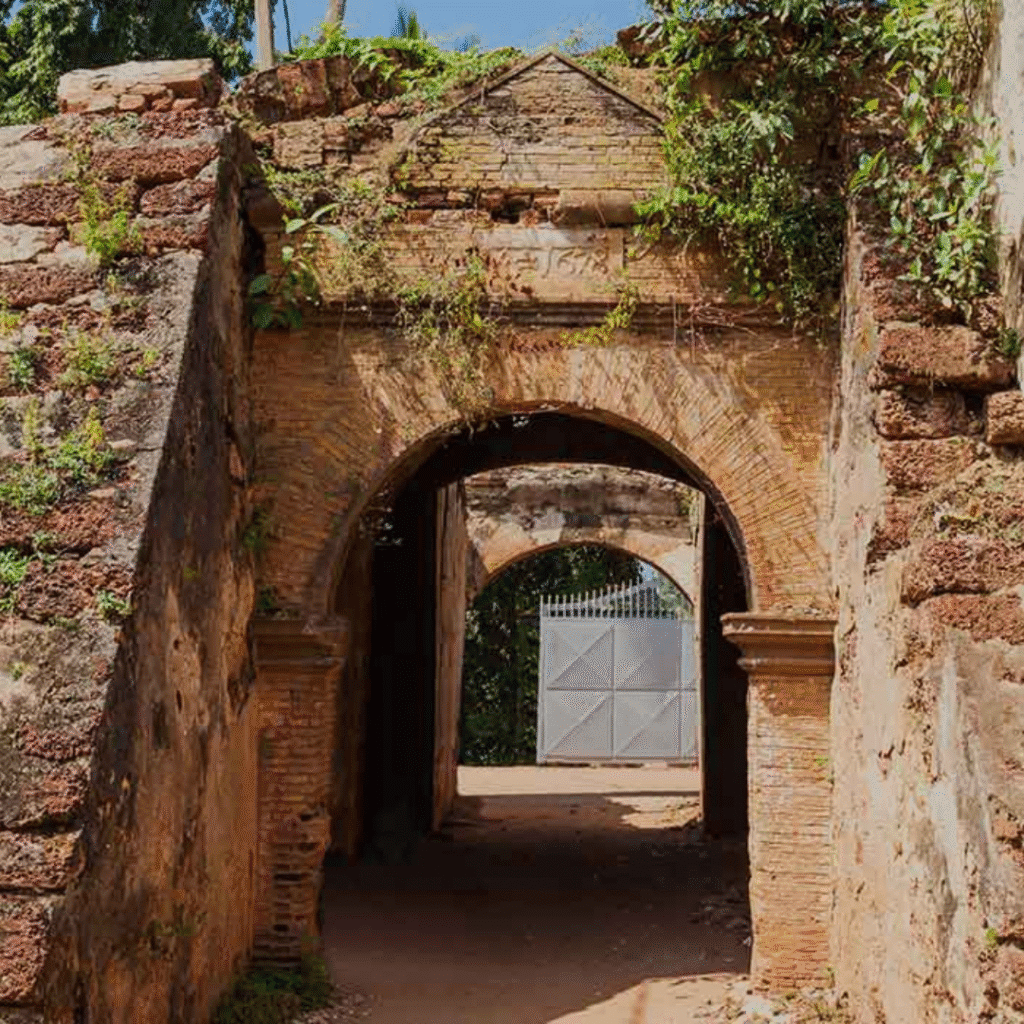
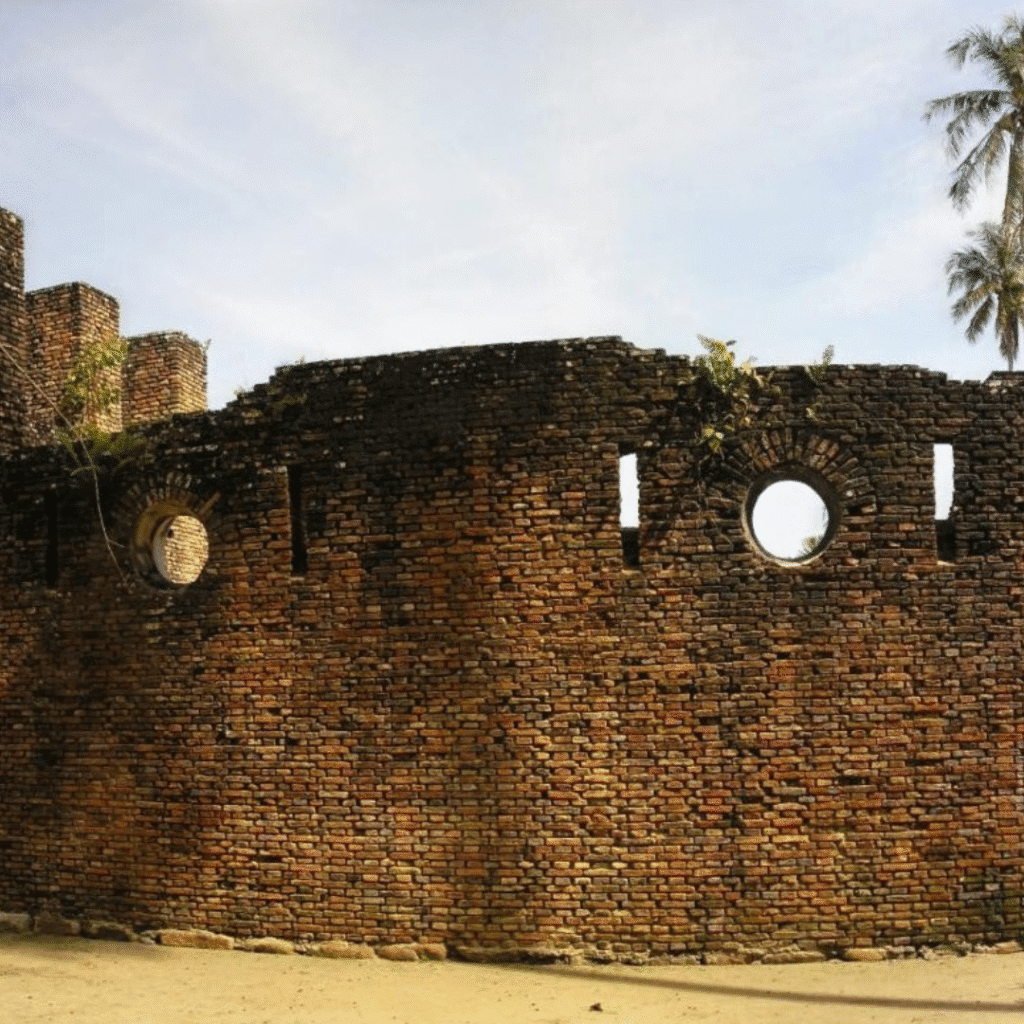
Maritime Museum
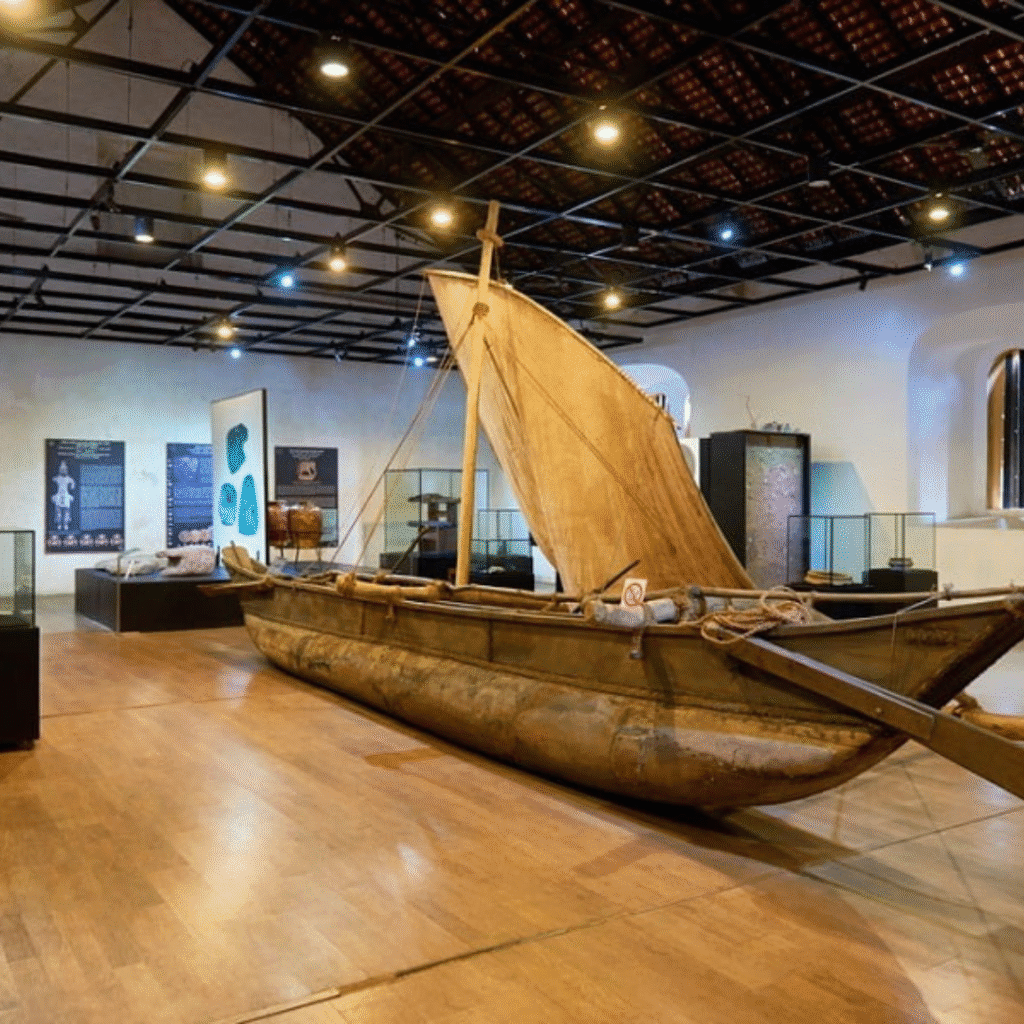
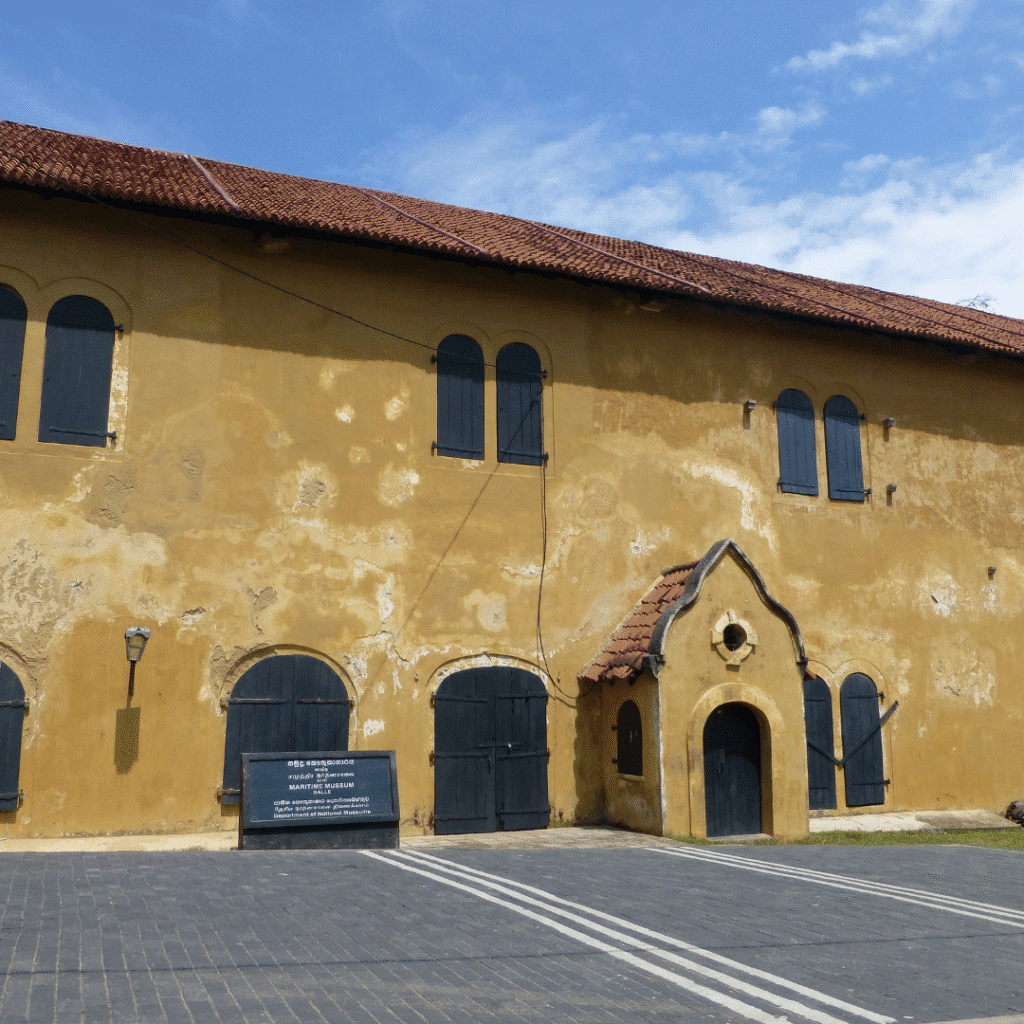
Maritime Museum – Dive into Sri Lanka’s Seafaring History
Located within the historic Galle Fort, the National Maritime Museum offers a fascinating look into Sri Lanka’s rich maritime heritage. Housed in a restored 17th-century Dutch warehouse, the museum showcases exhibits on ancient shipwrecks, colonial trade routes, traditional fishing tools, marine ecosystems, and the island’s naval history.
Visitors can explore a variety of artifacts, including old navigation equipment, models of ships, maps, and underwater discoveries from around the southern coast. The museum is both educational and engaging, making it an excellent stop for history enthusiasts, students, and curious travelers.
Highlights:
Explore centuries of Sri Lanka’s maritime trade and naval defense
View artifacts from shipwrecks and colonial times
Located in a historic Dutch-era building inside Galle Fort
Best Time to Visit:
Open during the day; visit in the morning or early afternoon for a quieter experience.
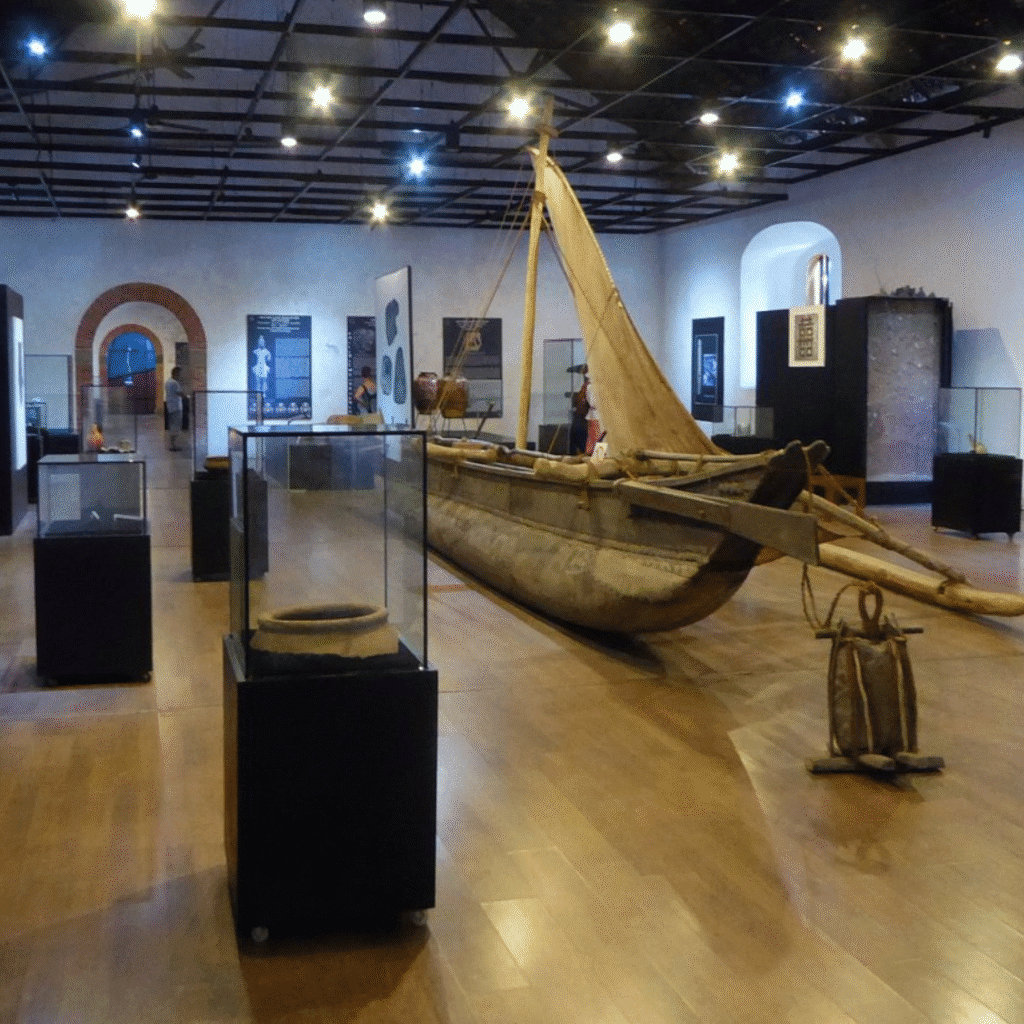
Galle Lighthouse
Galle Lighthouse – A Timeless Coastal Beacon….
Standing gracefully on the southeastern tip of the Galle Fort, the Galle Lighthouse is one of Sri Lanka’s most iconic landmarks. Built in 1939 on the site of an earlier 19th-century lighthouse, it remains Sri Lanka’s oldest operating lighthouse and a favorite spot for visitors exploring the fort.
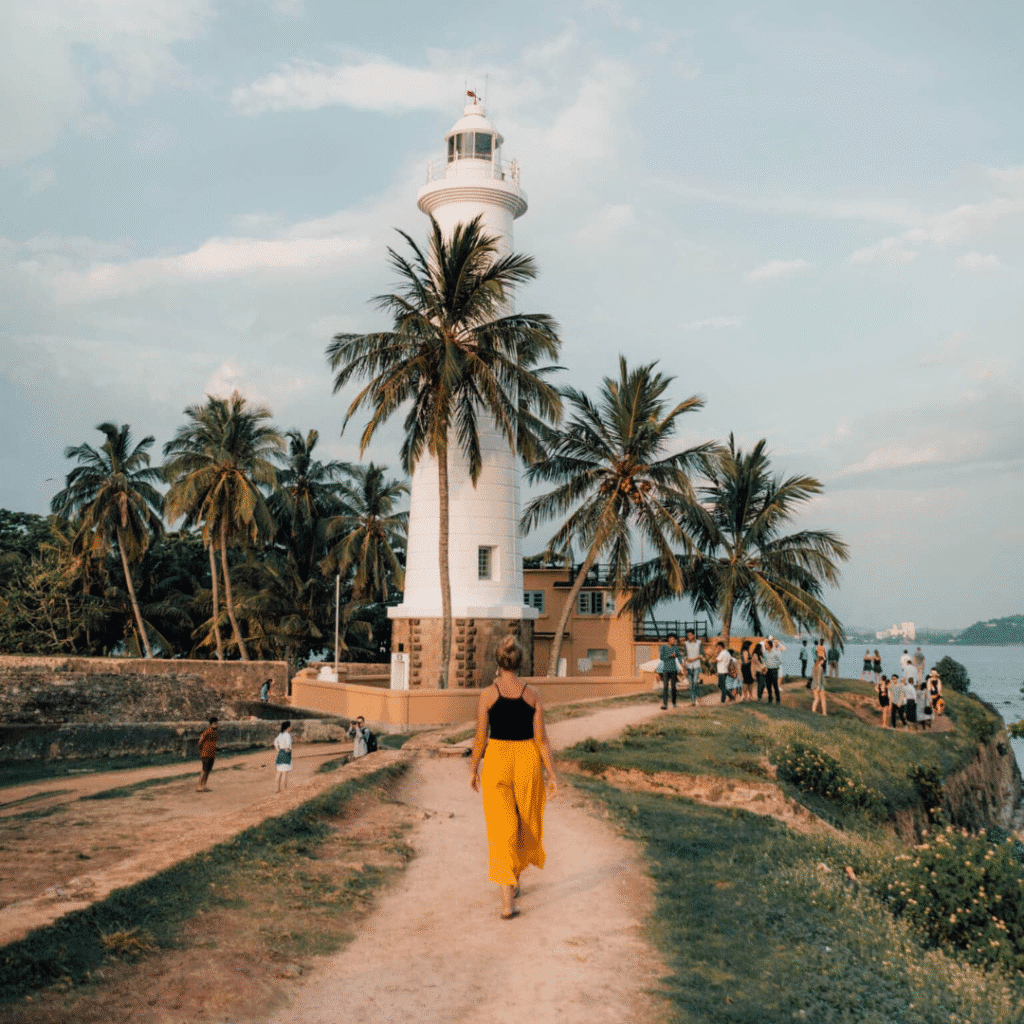
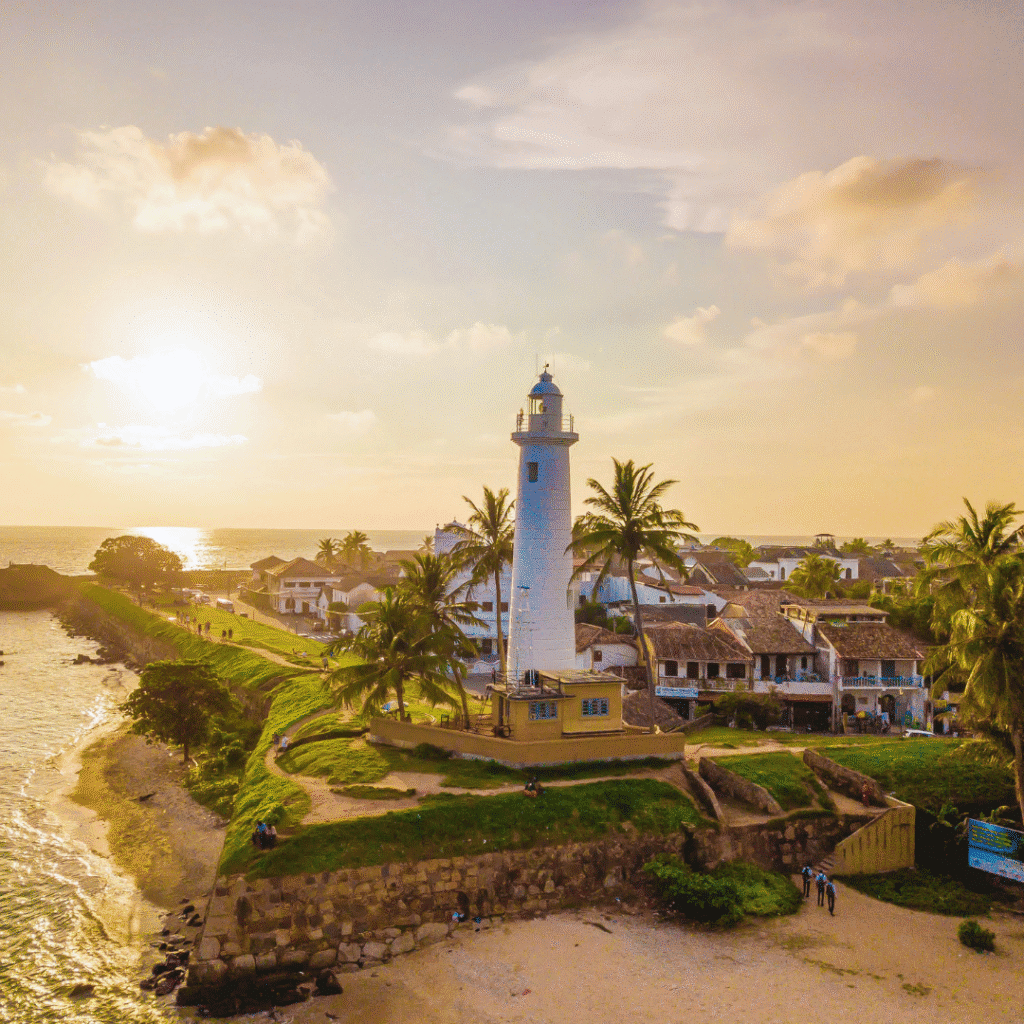
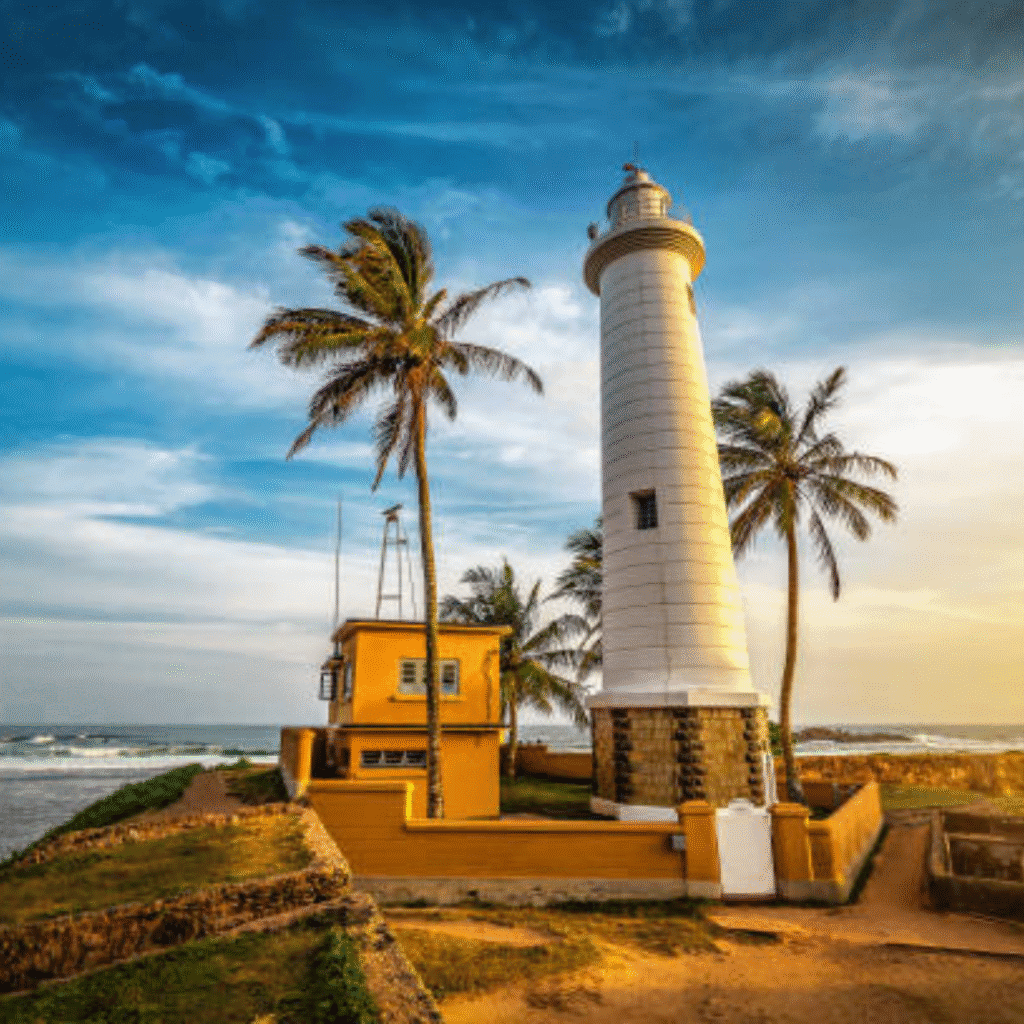
With its elegant white tower rising 26.5 meters high, it offers a picturesque backdrop against the Indian Ocean. While the lighthouse itself is not open for climbing, the surrounding area is perfect for sunset strolls, photos, and watching boats drift along the coast. Its proximity to Galle Fort’s ramparts and charming colonial streets makes it a must-see.
Best Time to Visit:
Late afternoon to sunset, when the lighthouse glows against the evening sky and sea breeze fills the air.
Dutch Reformed Church
Dutch Reformed Church – A Testament to Colonial Faith…
Located in the heart of Anuradhapura, Abhayagiriya Stupa is one of the most impressive and historically significant monuments in Sri Lanka. Built in the 1st century BCE by King Valagamba, it once served as the centerpiece of theAbhayagiri Monastery, a major center of Buddhist learning and worship for over a thousand years.Standing originally at a towering height of over 100 meters, Abhayagiriya was among the tallest structures in the ancient world, rivalling the pyramids of Egypt. Today, even after centuries of erosion and restoration, the stupa remains an awe-inspiring sight, surrounded by serene grounds and ancient ruins.
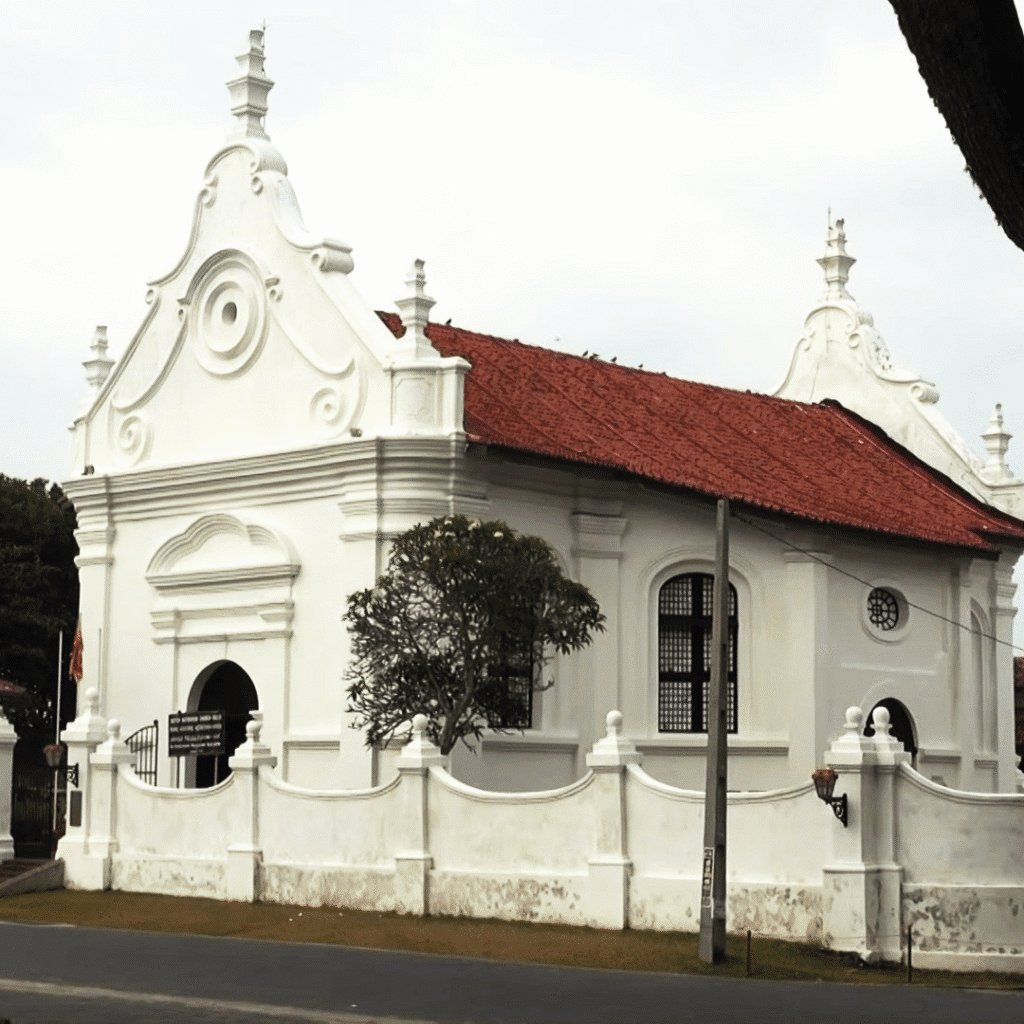
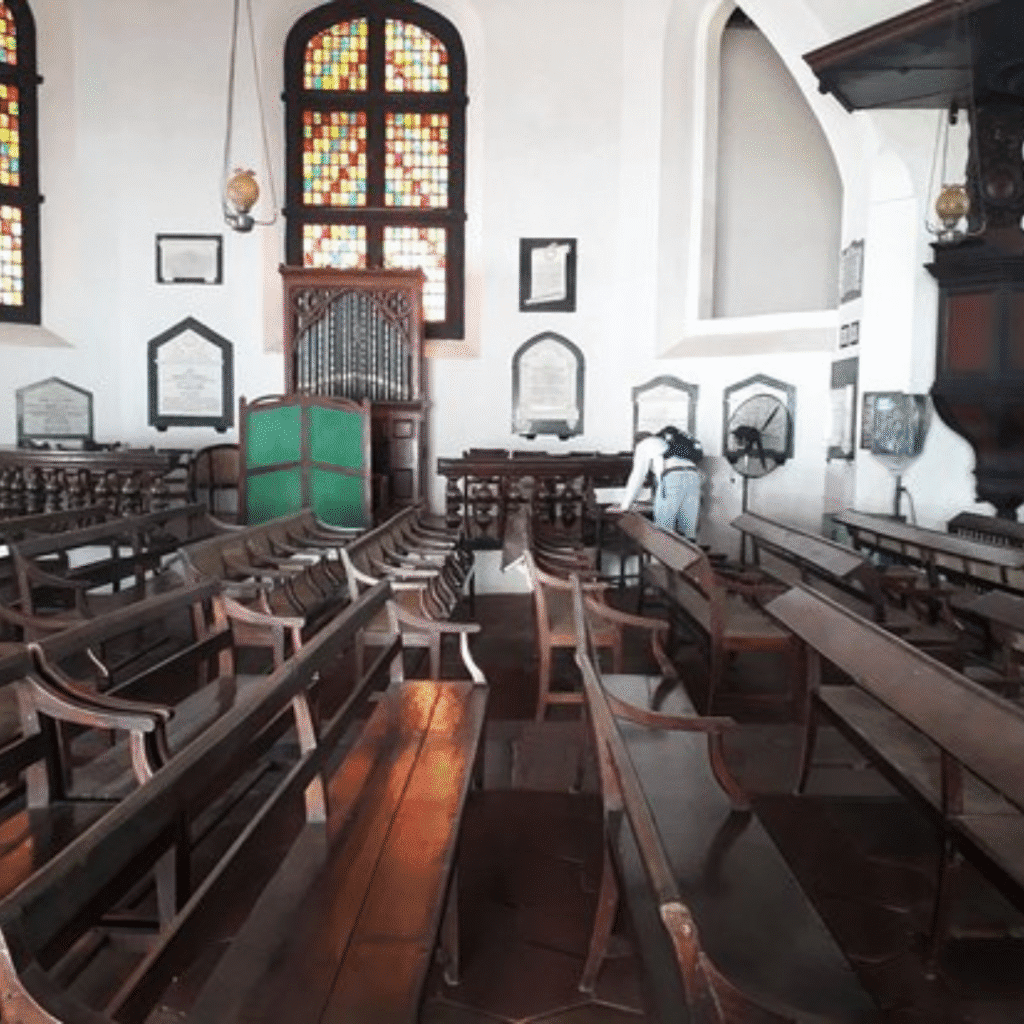
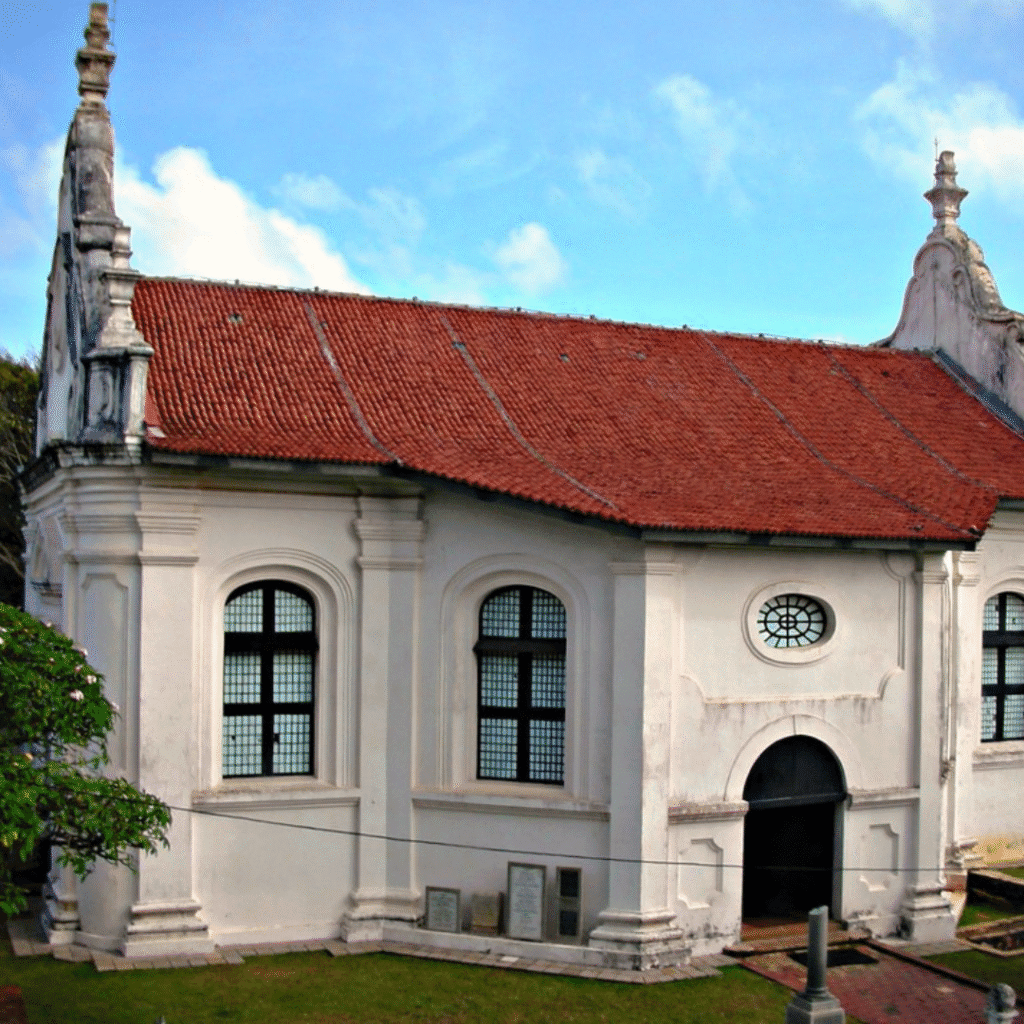
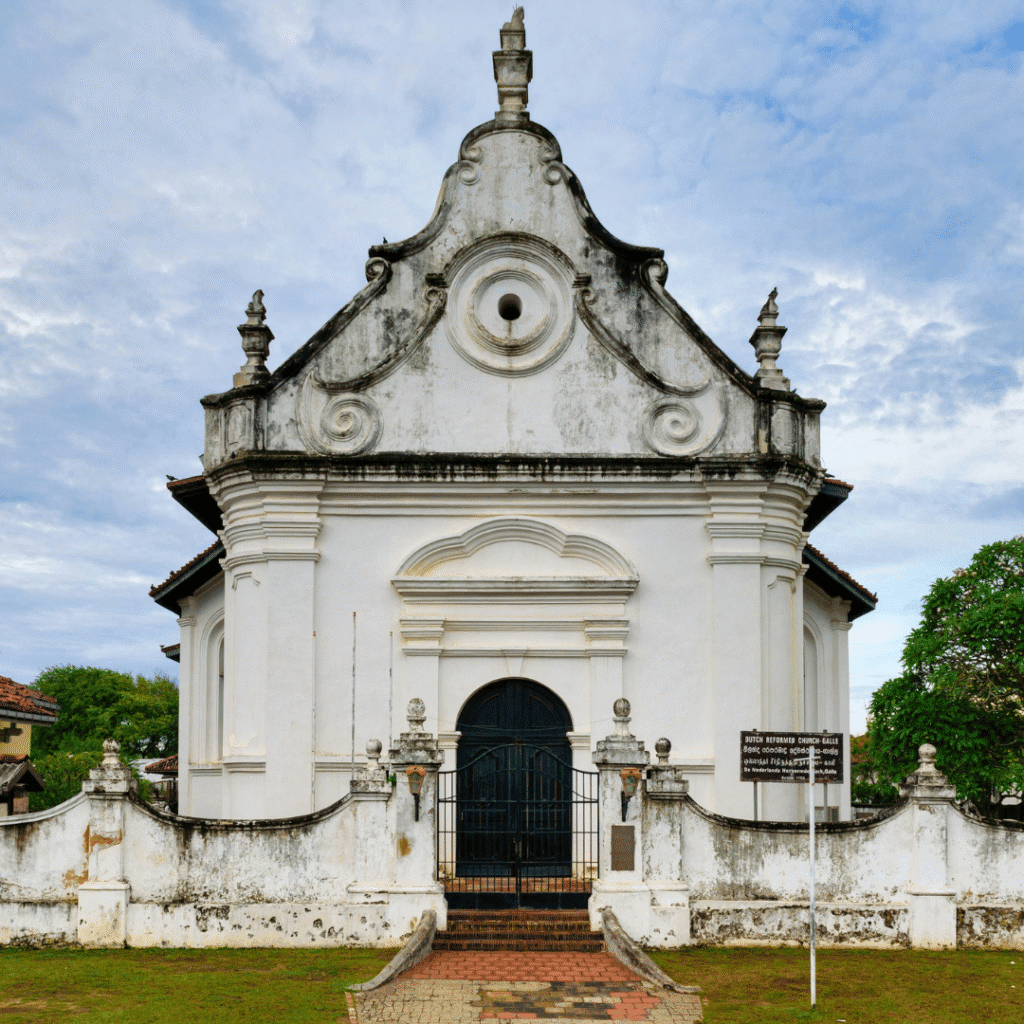
Inside, the church showcases antique wooden pews, carved memorial tablets, and a handcrafted pulpit made from calamander wood and satinwood. The church’s floor is lined with tombstones of Dutch settlers, giving it a solemn, historical atmosphere. Still occasionally used for services, the church remains a quiet sanctuary amid the vibrant fort surroundings.
Best Time to Visit:
During daylight hours, especially morning to early afternoon, to appreciate its architecture and peaceful ambiance.
